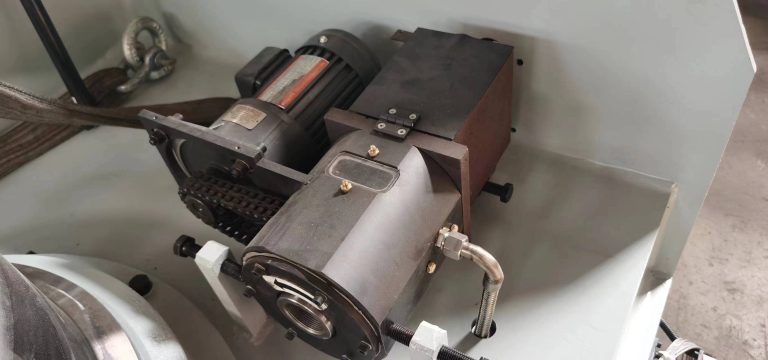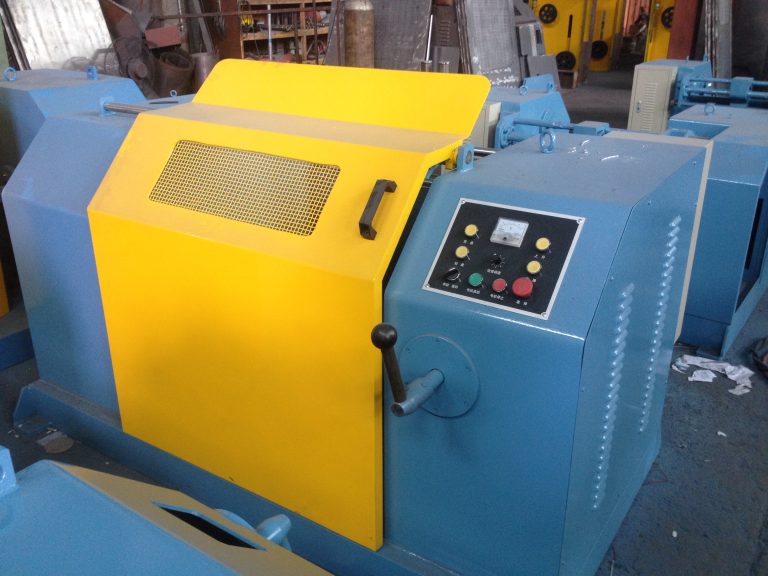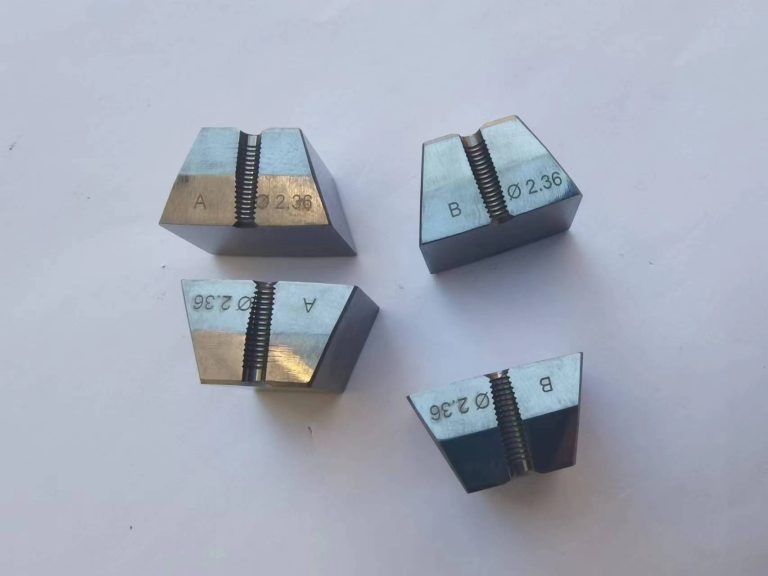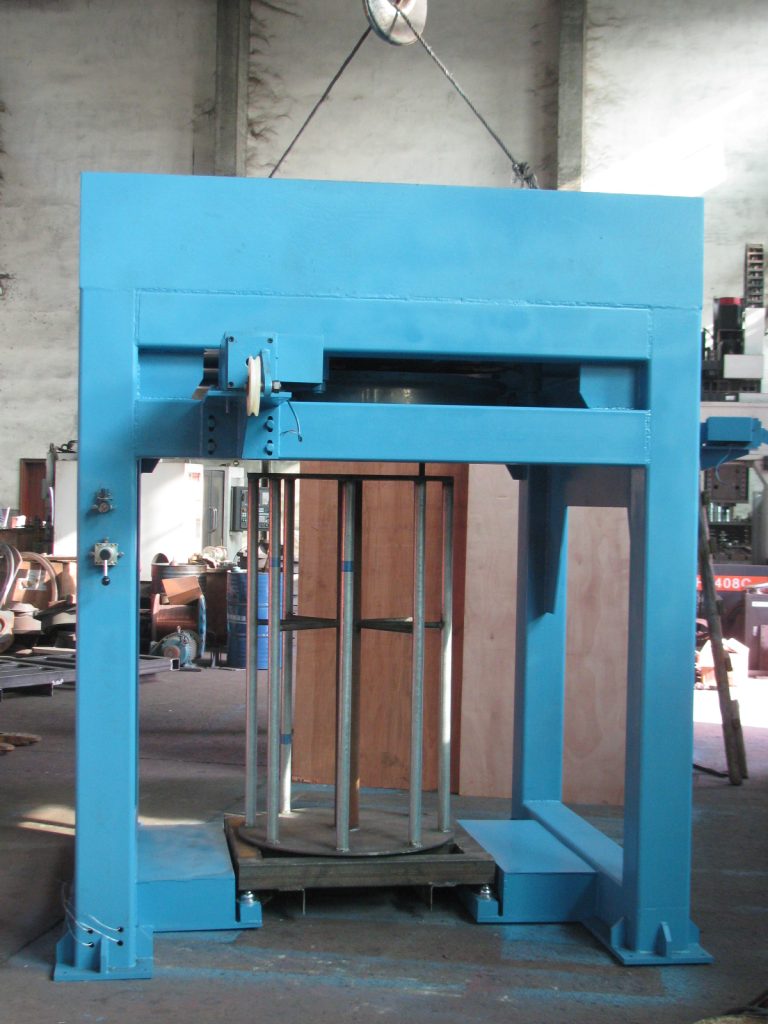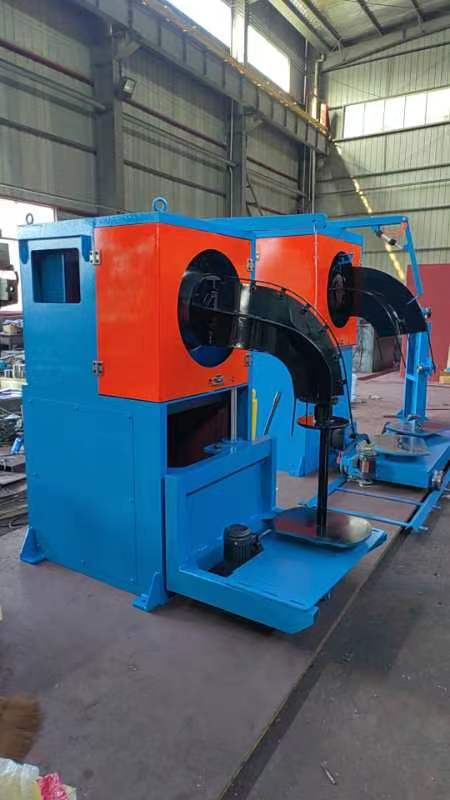How To Choose The Right Sanding Belt For Your Grinder
When it comes to Sand Belt Grinding Machine, choosing the right sanding belt is crucial for achieving the best results. With a wide variety of options available on the market, it can be overwhelming to determine which sanding belt is the most suitable for your grinder. In this article, we will discuss the factors to consider when selecting a sanding belt for your grinder to ensure optimal performance and efficiency.
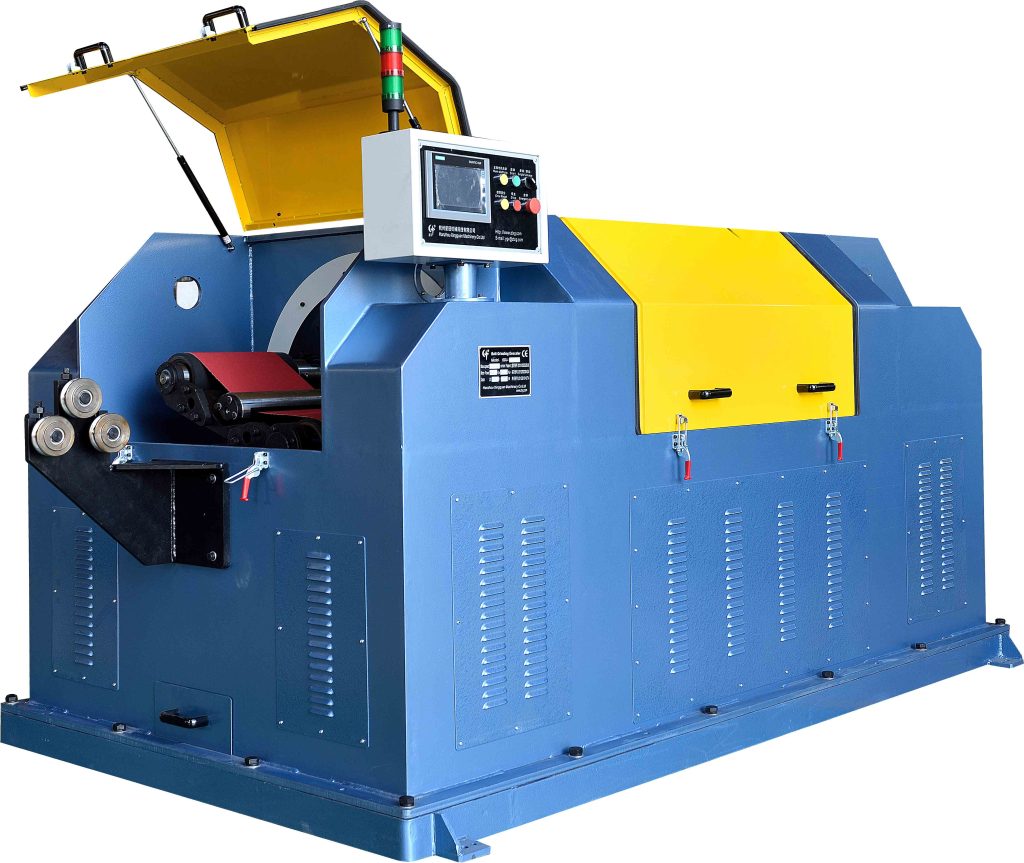
One of the first things to consider when choosing a sanding belt for your grinder is the material you will be working with. Different materials require different types of sanding belts to achieve the desired finish. For example, if you are working with metal, you will need a sanding belt that is specifically designed for metal grinding. On the other hand, if you are working with wood, a sanding belt designed for wood sanding will be more appropriate.
Another important factor to consider is the grit of the sanding belt. The grit of the sanding belt determines how coarse or fine the finish will be. Lower grit numbers, such as 40 or 60, are more coarse and are suitable for heavy material removal. Higher grit numbers, such as 120 or 220, are finer and are ideal for finishing and polishing. It is important to choose the right grit for the job to achieve the desired result.
In addition to material and grit, the size of the sanding belt is also an important consideration. The size of the sanding belt should match the size of your grinder to ensure a proper fit. Using a sanding belt that is too small or too large for your grinder can result in poor performance and potential safety hazards. Be sure to check the specifications of your grinder to determine the correct size of sanding belt to use.
Furthermore, the backing material of the sanding belt is another factor to consider when choosing a sanding belt for your grinder. The backing material provides support to the abrasive material and affects the durability and flexibility of the sanding belt. Common backing materials include cloth, paper, and polyester. Cloth backing is more durable and flexible, making it suitable for heavy-duty applications. Paper backing is less durable but provides a smoother finish, making it ideal for finishing work. Polyester backing offers a balance between durability and flexibility, making it a versatile option for various applications.
Lastly, consider the brand and quality of the sanding belt when making your selection. Choosing a reputable brand known for producing high-quality sanding belts will ensure consistent performance and longevity. While it may be tempting to opt for cheaper, lower-quality sanding belts, investing in a quality product will ultimately save you time and money in the long run.
In conclusion, choosing the right sanding belt for your grinder is essential for achieving optimal results. Consider factors such as material, grit, size, backing material, and brand when making your selection. By taking the time to choose the right sanding belt for your grinder, you can ensure efficient and effective sanding operations.

